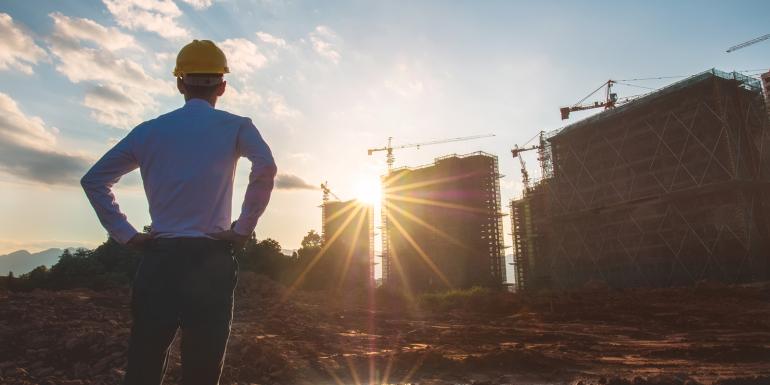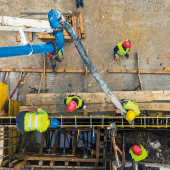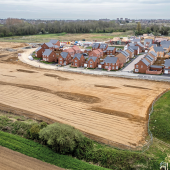Building Safety Bill receives Royal Assent, ‘paving the way for a more stringent regime’

After months of debate and amendments, the Building Safety Bill became law today (29 April), with the intention to ‘create lasting generational change’ to the way high-risk and residential buildings are constructed and maintained, although many of the new provisions in the 262-page Act are not expected to come into force until 2023.
The Bill, drawn up after the 2017 Grenfell Tower fire killed 72 people, will bring into law the recommended changes to the system of building regulations for high rise buildings made by Dame Judith Hackitt in her review of building and fire regulations, published in 2018.
However, last month Building Engineer reported that the government was set to u-turn on Dame Judith Hackitt’s recommendation for a Building Safety Manager.
Ministers announced they were removing the duty to appoint a Building Safety Manager, ensuring there is flexibility in the regime to enable Accountable Persons to set the most appropriate arrangements for their buildings and residents, and removing the unnecessary cost a BSM could impose on leaseholders in high-rise buildings. This is a major change to the proposals made by Dame Judith Hackitt.
Last night, Stephen Greenhalgh, Minister for Building Safety, Leasehold and Resilience & Emergencies at the Department for Levelling Up, Housing & Communities and Fire Minister for the Home Office, announced the news on Twitter:
The landmark Building Safety Bill has received Royal Assent.
— Department for Levelling Up, Housing & Communities (@luhc) April 28, 2022
The new Act will 👇
☑️Protect leaseholders in law from building safety costs
☑️Make industry pay for defects
☑️Improve building standards through tough new regulations
Read more ➡️ https://t.co/0gkPbADYYx pic.twitter.com/JggRAcnTuI
Meanwhile, in a letter to CABE on the eve of the announcement, the Health and Safety Executive said the Building Safety Bill “paves the way for the HSE to build a more rigorous and robust regulatory regime for high-rise buildings in England”.
Industry should get ready now and play their part in making buildings safer, it warned.
“As designers, clients and contractors, you will need to collaborate to comply with building regulations and build good practice for managing information about the building – you will need to share this with each other so you can demonstrate how a building will remain safe when occupied.
“Industry needs to stop thinking that fire safety should only be dealt with at the building regulation stage – it starts at planning so that buildings are safe to build and safe to live in and use.”
Responding to the Act gaining Royal Assent, the Construction Industry Council gave three (muted) cheers.
“The Act represents a paradigm shift in the way in which residential buildings are to be designed, built, managed and regulated,” it said. “However, despite the scale of the Act and the vast number of amendments that have been made to it, there is still a great deal of detail to be determined through secondary legislation which CIC and its members stand ready to further assist government by providing expert opinion to enable government to get this detail right.
“One issue that needs to be addressed is that, despite the five years that have elapsed since Grenfell, the wider industry is still ill-prepared for the changes to come. In tandem with the transitional period of 18-24 months for the implementation of secondary legislation there needs to be a considerable communication exercise to create the necessary culture change in the industry and to absorb the new regulatory regime.”
Read more about the Building Safety Bill and the new Building Safety Regulator here.









